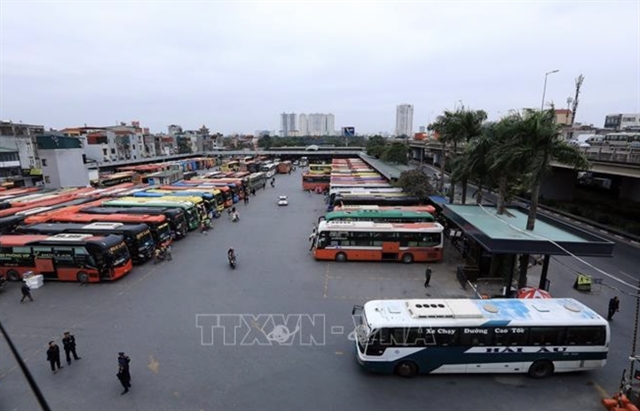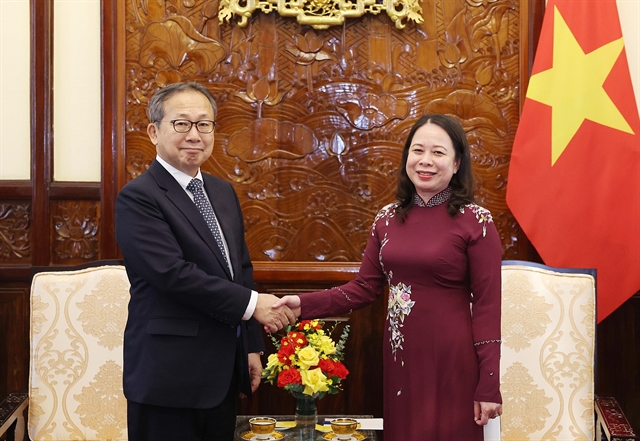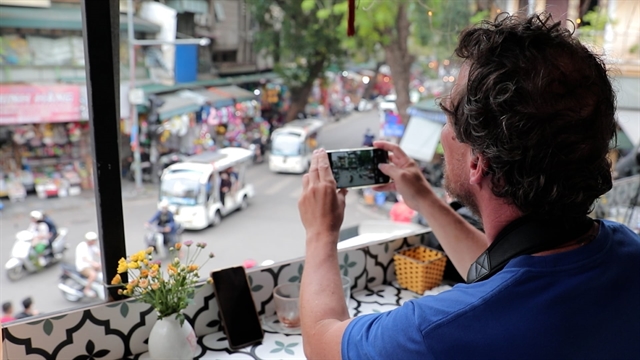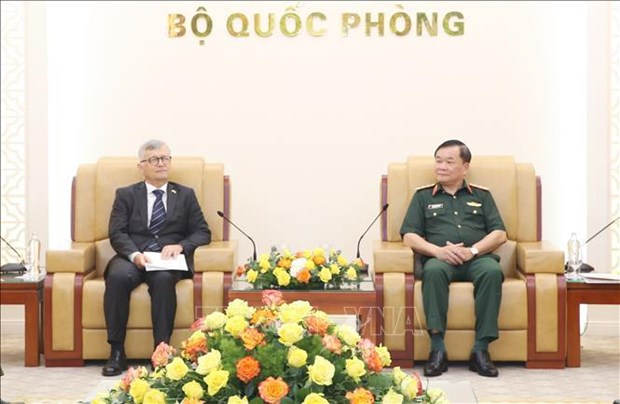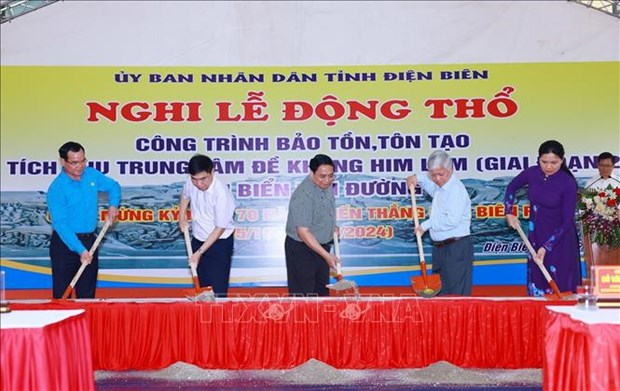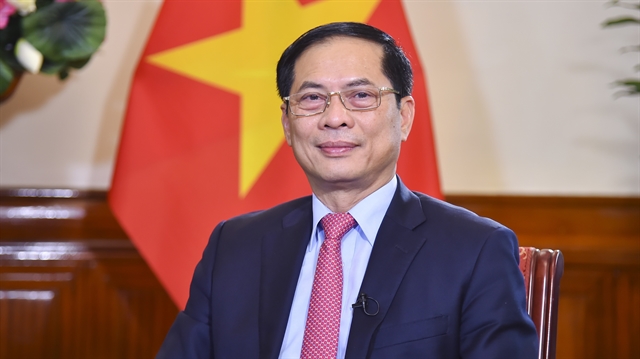 Opinion
Opinion
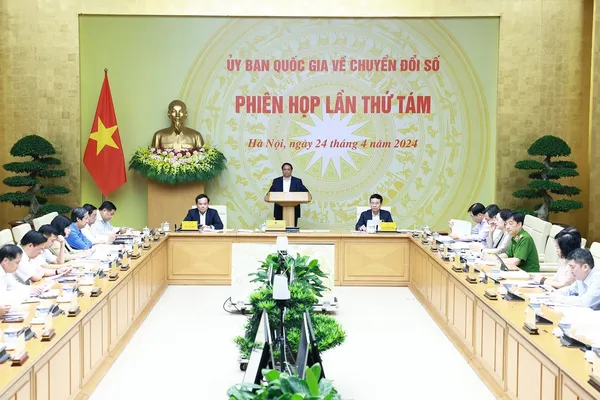
Professor Dr Dương Anh Sơn from the HCM City University of Economics and Law speaks to the newspaper Tuổi Trẻ (Youth) about some key aspects of work to turn the City into a smart city.
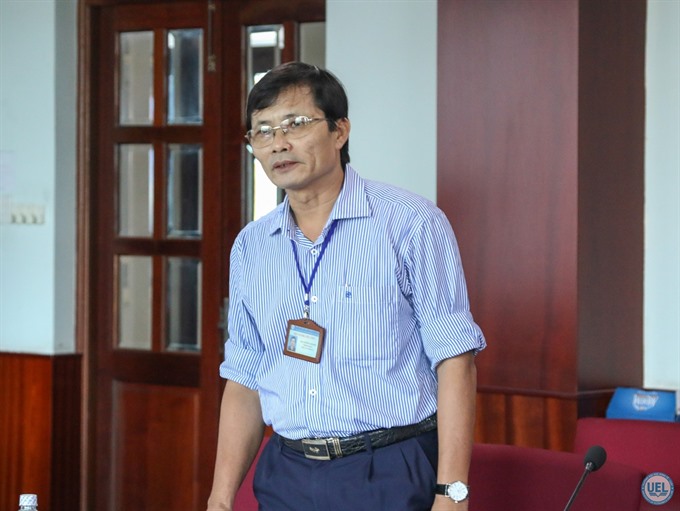 |
| Dương Anh Sơn |
Professor Dr Dương Anh Sơn from the HCM City University of Economics and Law speaks to the newspaper Tuổi Trẻ (Youth) about some key aspects of work to turn the City into a smart city
Though authorities in HCM City have tried hard to clear the street vendors from the sidewalks, the situation doesn’t seem to have changed. Do you have any response to the problem?
In my opinion, if the authorities are determined to solve the problem they can do it. Yet, the question here is what type of management strategy should be used. I think financial penalties are important.
In my opinion, the authorities should make people using the public pavement or the street side pay fees.
Streets with wide side-walks can be used for car parking. Of course, the car parking fee must be higher than the normal fee. For narrow streets, we should not allow car parking.
As we all know, in HCM City, many streets are very narrow, particularly those in precincts 1 and 3. At the morning rush hour, two sides of the roads are occupied by cars, making it difficult for motorbike riders and cyclists to travel on the roads. This is a hot problem that urgently needs to be addressed.
In my opinion, people who use the pavements as their parking should also pay a certain fee to the local government. This is a common rule and no one is above the law. The pavements are public assets, so why should certain groups be given the chance to use them free? This is a problem we need to solve as soon as possible. Frankly speaking, if we can’t solve the problem of constant traffic congestion, HCM City’s plan to become a smart city will remain just a dream.
Don’t you think that imposing road fees alone can’t solve the problem of traffic congestion?
Of course, road fees are only one solution. But, in my opinion, right now it is a fair solution for all. If car owners want to use the road they have to pay high parking tickets. If not, they can use public means of transport, including buses, taxis, Uber or Grab. And in a near future, when the metro line is completed or high elevated roads are available, I think they will help to solve the problem of road congestion.
I hope that when our city becomes a smart city, road congestion will become things of the past.
What do you think of the proposal to stop the construction of high rises in the city? Will it become an effective tool in curbing traffic congestion in the inner city?
In my opinion, a definition of the desired population density as well as the tall building density should be set right in the planning stage. For the time being, I think that the authorities should stop granting licences for the construction of new tall buildings inside the inner city districts. However, it is very irrational that the city authorities have banned the construction of new schools and hospitals in the inner city, but many tall residential buildings have popped up in the city as mushrooms. In other words, owners of many golden pieces of land have received permits to build tall residential quarters. This is a factor undermining the city’s infrastructure. It is time for HCM City to uphold its principle of transparency and accountability in the housing construction law.
The most important element in developing policy for a smart city is that “the haves should help the have nots”. I don’t mean that we take money from the rich to give to the poor, but rather adopt tools such as taxes or extra charges for the affluent. In other words, rich people have to pay more taxes or charges for the services they use.
It is compulsory that all projects during their development include attention to the elements of social welfare and public services. — VNS

